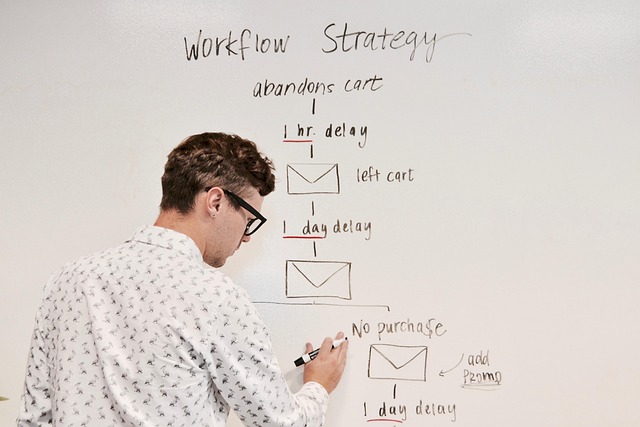Project Management Software: Productivity, Collaboration, Automation
Project management software centralizes planning, tracking, and reporting so teams can align work, deadlines, and resources. Modern tools combine task lists, timelines, file sharing, and dashboards to reduce manual coordination and make responsibilities visible. When chosen and used appropriately, these platforms can reduce friction between departments, improve predictability for deliveries, and provide data to guide continuous improvement across projects and portfolios.

How does project management support teams?
Project management provides the framework teams use to define scope, sequence tasks, allocate people, and manage risks. A clear project structure — with milestones, roles, and dependencies — helps teams prioritize work and avoid duplicated effort. Regular updates and visual tools like Gantt charts or kanban boards make status easier to read and help managers balance workload. Good project management practices also improve stakeholder communication by clarifying deliverables and timelines.
What does software add to workflows?
Software turns manual project practices into repeatable, visible processes. It automates routine actions such as assignment notifications, deadline reminders, and progress tracking, which lowers administrative overhead. Integration with calendars, version control, and communication platforms keeps information in one place, reducing context switching. Many tools also provide templates and configurable workflows so teams can standardize common projects while retaining flexibility for unique tasks.
How can productivity improve with tools?
Productivity gains come from clearer priorities, fewer interruptions, and less time spent on status updates. Project management software consolidates work in a single source of truth, helping individuals focus on the most important tasks and reducing redundant communication. Time-tracking and reporting features help identify bottlenecks or overloaded team members so managers can rebalance assignments. When used consistently, the data these systems capture supports better planning and more accurate delivery estimates.
How does collaboration change with PM tools?
Collaboration shifts from ad-hoc messages to context-rich exchanges within the work item itself. Team members can comment on tasks, attach files, and see a history of decisions, which preserves institutional knowledge. Shared boards and centralized documents enable cross-functional work without relying solely on meetings. Permissions and role-based access allow external stakeholders or local services partners to participate safely, ensuring collaboration is productive rather than noisy.
Where does automation fit in project work?
Automation handles repetitive, rule-based tasks such as moving cards between columns, sending reminders, creating subtasks from templates, or triggering approvals. This reduces manual handoffs and keeps workflows moving consistently. Automation also enables conditional routing and escalations, which improves responsiveness to delays or risk signals. When used thoughtfully, automation reduces errors and frees team members to focus on strategic, creative, or problem-solving activities that add greater value.
How to implement software and measure success?
Successful implementation usually starts with defining goals, choosing a pilot team, and mapping existing processes to the tool. Training, clear governance, and gradual rollout encourage adoption. Measure success with a mix of qualitative feedback and quantitative metrics: cycle time, on-time completion rate, number of status meetings, or time spent on administrative tasks. Regularly review configurations and automation rules to ensure the tool continues to reflect how your teams actually work and to avoid feature bloat.
Conclusion
Project management software combines structure, communication, and automation to make work more visible and predictable. By aligning practices, centralizing information, and measuring outcomes, organizations can improve collaboration and productivity over time. Choosing and implementing a platform thoughtfully — with governance, training, and continuous review — helps teams realize the practical benefits without introducing unnecessary complexity.





